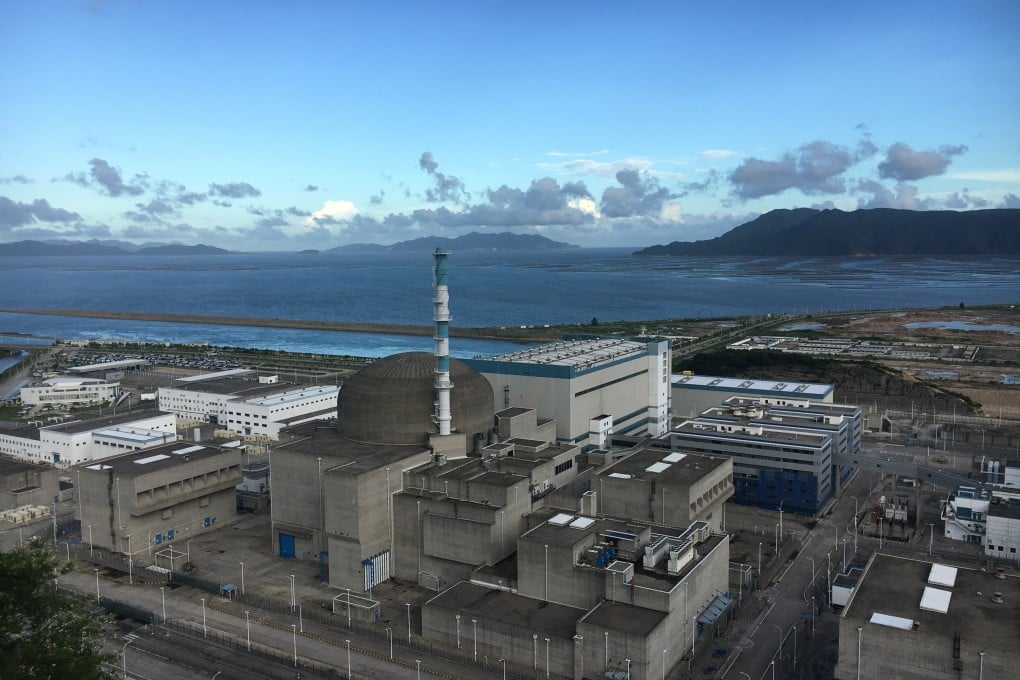China’s nuclear safety queried over Taishan reactor, but it wants to lead world by 2050
- Road map drawn up by the country’s nuclear experts sets series of goals to help it catch up with the West on safety
- Increase in radioactivity in Taishan did not spread outside reactor, data showed, but Chinese nuclear industry trails in software and hardware

China aims to become a dominant player in the world nuclear market in less than 30 years and have the highest safety standards and lowest costs, a government advisory body has said.
For decades, China tried to catch up with safety standards in Western countries, led by the United States and France. But now China plans to challenge them, the Chinese Academy of Engineering (CAE) said in a report published last Tuesday.
Chinese data suggested there was no leakage outside the reactor, but the event raised concerns about the safety of the booming nuclear sector in China, which is building seven to eight new reactors a year – far more than any other country.

01:09
Amid reports of ‘radiological threat’, supplier says Chinese nuclear power plant operating safely
According to the academy’s strategic road map, drawn up by nuclear safety scientists, China could start to rival Western dominance by 2025 through safety improvements, including a new national laboratory on safety analysis.